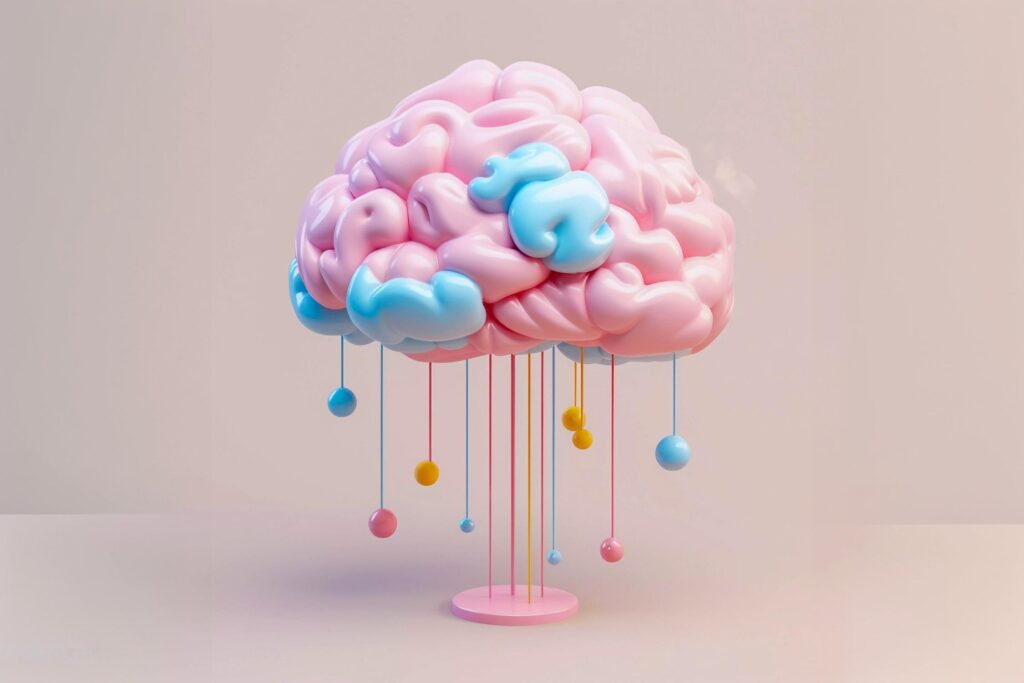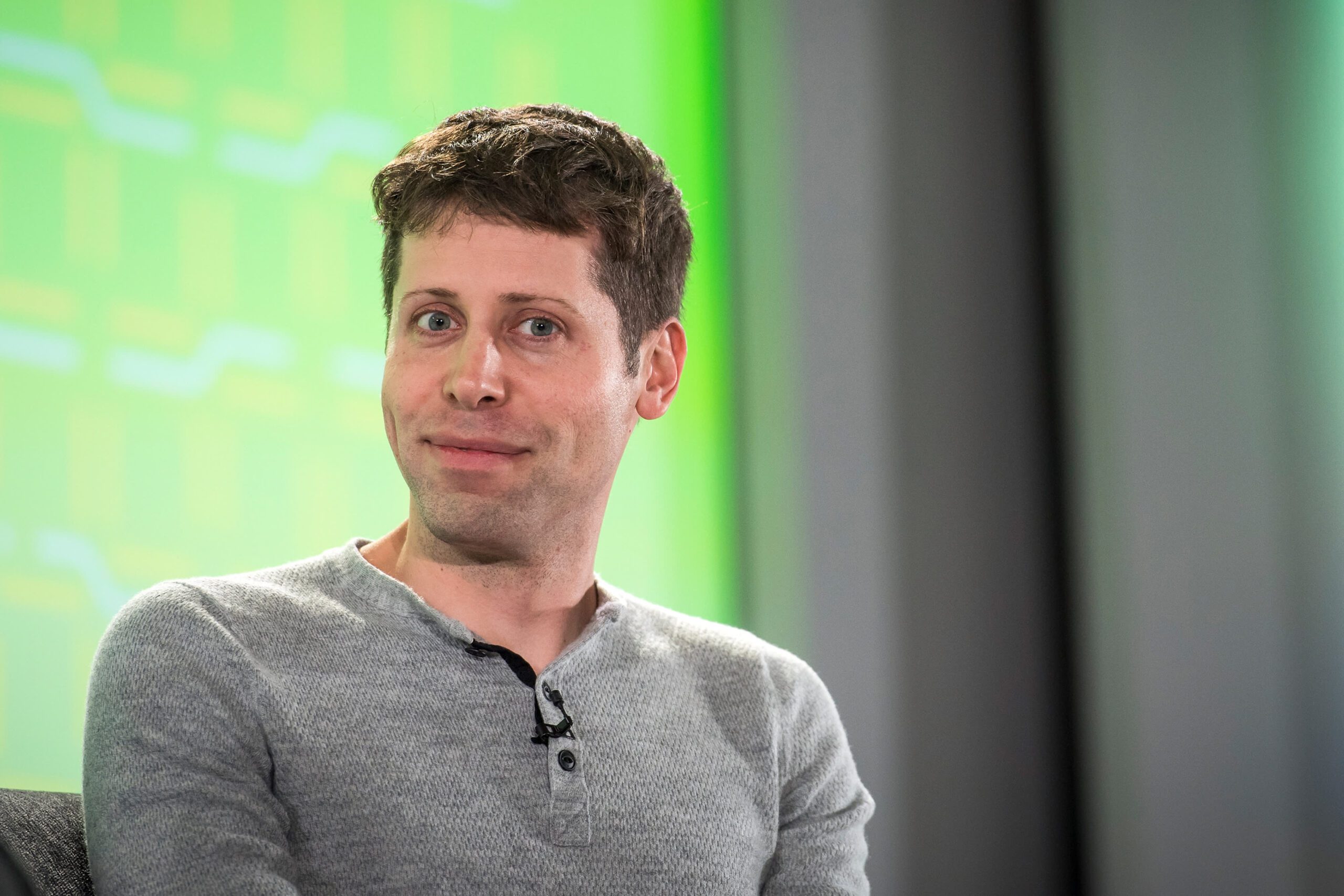Sam Altman responded to my email

As humans, it’s all too easy to go about our daily lives without ever contemplating the nature of reality. However, for those of us with a curious spirit, it’s impossible not to question the world around us.
Personally, I found myself repelled by the dogmatism of many religions, yet also unable to fully embrace the traditional dichotomy presented by mainstream science: life and then nothingness.
So, I began to ponder the ultimate question: what is life, and why do we exist? In my quest for answers, I turned to psychedelics as a tool to unlock the secrets of the universe. I tripped time and time again, and each time I was met with the same answer: reality is illusory.
Naturally, I did what anyone else in my situation would do:
See a psychologist ❌
Write it off as a mild psychosis and stop using psychedelics ❌
Cold email Sam Altman ✅

I noticed that Sam Altman was vocal about both the nature of reality and psychedelics, so I emailed him about the link between the two, to which I received a brief response…
“Check out Jed McKenna’s Theory of Everything…I think you’ll like it.”
Intrigued, I delved into Jed McKenna’s “Theory of Everything” which presented a compelling argument for a specific strand of metaphysics known as monistic idealism. This book became a springboard for my exploration of metaphysics and I became consumed by it for months, devouring various philosophical texts and even reaching out to multiple Oxford professors who specialize in the field.
The concepts I encountered were often ineffable and challenging to grasp, but they opened up a whole new world of understanding. In this article, I distill what I’ve learned in basic terms.
Metaphysics 101
In metaphysics, there are two main philosophical views about the nature of reality. One view, called physicalism, holds that everything that exists is physical in nature. The other view, called idealism, posits that everything that exists is mental in nature.
Physicalism
Let’s start with physicalism, which is the dominant framework for reality that most people (and mainstream science) have.
The main beliefs of physicalists are that:
-
-
- Everything in the world can be reduced to physical matter
- Consciousness is simply defined as awareness — e.g. when we are awake, we perceive things and are conscious
- Consciousness is an emergent property of brain activity and arises from certain neurological processes in the brain
-
All fairly uncontentious, right?
Well, recent advances in both neuroscience and quantum physics suggest that physicalism may not be the whole story.
Looking at neuroscience, we have made major advancements in mapping detailed correlations between brain activity and conscious experience. However, we have made no progress in explaining how consciousness can emerge from physical processes. Essentially, we still have no clue how to start with unconscious ingredients and create consciousness. This is called the hard problem of consciousness.
Furthermore, from a biological standpoint, there appears to be no need for consciousness. This is often referred to as the “zombie” concept — the idea that it’s conceivable for something to behave exactly like a conscious being without actually being conscious.
Next, in quantum physics, recent observations have revealed that the existence of objects isn’t definite until they are observed. This means that the presence of an observer plays a crucial role in determining whether something exists or not. Schrödinger’s cat is a well-known thought experiment that illustrates this concept.
In short, all roads lead back to the observer — our subjective experience of consciousness appears to play a fundamental role in shaping the fabric of reality.
Idealism
So this brings us to idealism — the philosophical view that posits that everything that exists is mental in nature. I will focus on monistic idealism, the particular strand of idealism that was featured in Jed McKenna’s “Theory of Everything”. To paraphrase from the book:
Picture this: a blank white sheet of paper stretched infinitely in all directions — label this ‘universe’. Now, imagine a tiny dot in the middle of the page — label this ‘consciousness’. This is how most people perceive reality — you’re a speck of awareness in a vast universe governed by the laws of space and time, surrounded by planets, stars, and people. Now, switch the labels.
According to monistic idealism, the material world is a byproduct of consciousness, rather than the other way around.
Consciousness here refers to something more than just mere awareness though; it is more akin to what one might typically conceive of as God. Omnipotent, it is a formless entity that transcends space and time, infinite and without content.
This concept resonates with me deeply; during past psychedelic experiences I’ve felt a sense of profound connectedness that defies rational explanation. It’s as if my awareness is part of a universal consciousness that extends far beyond the limits of my physical body — ‘I’ am this god-like consciousness, individuated and unique, yet fundamentally interconnected with everyone and everything else.
And here’s where things get really interesting — it seems that this god-like consciousness intentionally hides its true nature from itself. So even though we are all manifestations of this universal consciousness, we remain largely unaware of this fundamental truth. Speculations about why this is range from the idea that it’s boring being omnipotent, to the idea that it’s lonely, or that consciousness does this to learn about itself.
If this concept sounds vaguely familiar, it may be because it runs through many religions, albeit with slightly more mysticism. In Buddhism, non-duality and the concept of Nirvana can be seen as pointing towards the realization of a universal consciousness that transcends the limitations of individuality and dualistic thinking. Advaita Vedanta, a school of Hinduism, posits that Brahman is a non-dual, undifferentiated consciousness. In Taoism, the concept of Wuji refers to the unmanifested, undifferentiated state of the universe. Sufism teaches the concept of Wahdat al-Wujud (Unity of Being), which holds that there is only one true reality, which is the Divine Essence.
Personally, I find monistic idealism to be a beautiful mixture of Eastern wisdom imbued with Western cerebralness – an elegant view of reality that is universally accessible without the need for obscure physics models or specialised terminology, while still being fully consistent with the latest scientific findings. It avoids the hard problem of consciousness and corresponds gracefully with our understanding of quantum physics.
What are the implications?
The implications of this view can be both daunting and liberating. On the one hand, it can lead to a profound sense of cosmic nihilism and the realization that our individual lives are ultimately meaningless in the grand scheme of things. On the other hand, it can free us from the burden of our individual identities and offer a sense of unity with all that exists. We can embrace the idea of taking life less seriously and enjoying the ride, rather than being bogged down by the incessant demands and insecurities of our egos.
But, this view also comes with a sense of responsibility. The current state of humanity, with its emphasis on individualistic egos, has led to the exploitation of both people and the planet for personal gain. However, if we recognize that we are all manifestations of the same consciousness, it becomes logical and even egoic to prioritize altruism and minimize harm to the world. In essence, by helping others, we are ultimately helping ourselves.
As the development of AGI draws closer, it becomes increasingly urgent for us to engage in discussions about the nature of reality and consciousness. It is crucial for society to take a moment to collectively pause, reflect, and challenge our preconceived beliefs about the world around us.
“Something very strange is happening with consciousness” — Sam Altman

Stay connected
Join me on my journey and follow along as I build beautiful things! Just enter your email below to receive occasional updates on my progress 🙂


